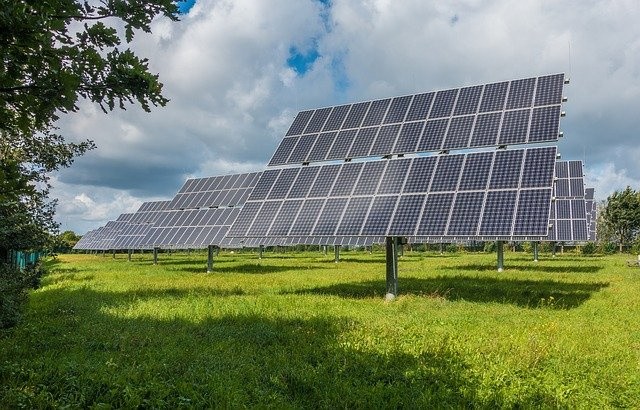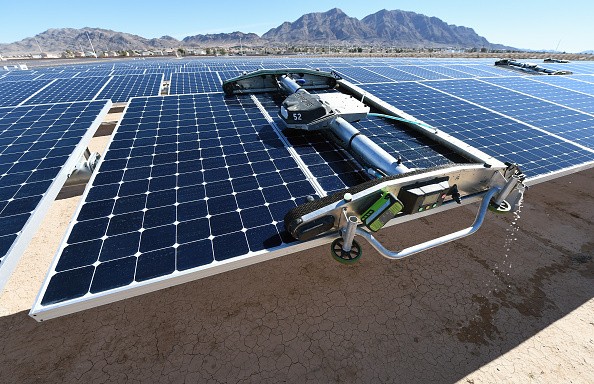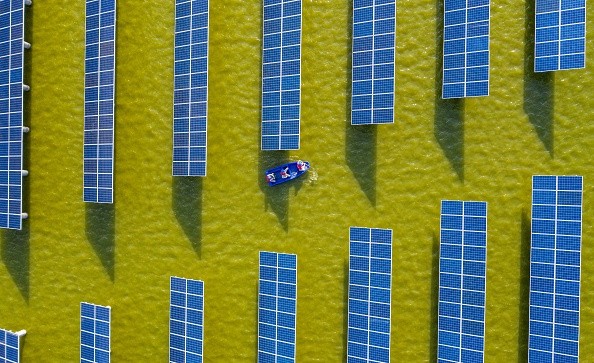China will receive much attention during the forthcoming UN Climate Change Conference in Glasgow, Scotland. China's attempts to decarbonize its energy system as the world's top CO2 emitter will be essential in achieving the aim of limiting global average surface temperature rise to 1.5 degrees Celsius.

China Going Solar

The Asian giant has already made significant promises to switching its energy systems to renewables, including solar, wind, and hydropower generation. However, many questions remain regarding solar energy's future in China, including its cost, technological viability, and grid compatibility in the following decades. Moreover, recent cost estimates for China's future solar energy potential have relied on obsolete and exaggerated pricing for solar panels and installation and storage technologies such as lithium-ion batteries.
Cost
How much will solar electricity truly cost in China in the following decades, considering the grid's intrinsic variability?
According to Harvard, Tsinghua University in Beijing, Nankai University in Tianjin, solar energy may meet 43.2 percent of China's electricity consumption in 2060 for less than two-and-a-half US cents per kilowatt-hour Renmin University of China in Beijing researchers. In China, coal power tariffs in 2019 varied from 3.6 to 6.5 cents per kilowatt-hour.
The study was featured on the cover of the Proceedings of the National Academy of Sciences (PNAS).
"The findings point to a critical energy transition point, not only for China but for other countries, where combined solar power and storage systems become a cheaper and more grid-compatible alternative to coal-fired electricity," said Michael B. McElroy, the Gilbert Butler Professor of Environmental Studies at Harvard's John A. Paulson School of Engineering and Applied Sciences (SEAS) and co-corresponding author of the study.
"Today, subsidy-free solar power is cheaper than coal power in most parts of China, and due to technological advancements and cost declines, this cost-competitive advantage will soon extend to the entire country," said Xi Lu, Associate Professor, School of Environment, Tsinghua University, and co-corresponding author of the paper. "Our findings show that solar power's economic competitiveness paired with storage system investments might bring additional grid dispatch advantages, which will be especially essential for the operation of future electric systems in China."
Related Article : Fossil Fuel Investors are Backing Down But Renewables Energy Still Needs More Time
Researchers
Lu earned his Ph.D. from Harvard Graduate School of Arts and Sciences and worked as a postdoctoral researcher and research associate at the Harvard-China Project on Energy, Economy, and Environment, housed at SEAS.
The study team created an integrated model to evaluate China's solar energy potential and costs from 2020 to 2060. To assess the physical potential of solar power over space and time, the model first considers aspects such as land usage throughout China, probable tilt and spacing of solar panels, and climatic conditions such as solar radiation and temperature.
Cost
They then factored in investment expenses and the rate of technical progress to determine how solar power compares against coal power now and in the future. Using this as a basis, the researchers created an hourly optimization model to assess the additional costs of power storage devices required to smooth out changes in solar production so that they may be incorporated into the grid to meet energy demand.
The researchers discovered that China's solar PV physical potential, which comprises the number of solar panels that can be placed and the amount of solar energy generated, will reach 99.2 petawatt-hours in 2020. This is more than double the country's overall energy usage, which includes electricity and fuels used directly by automobiles, factories, and building heating systems, among other things. Thus, solar PV is a massive resource for China's decarbonization, according to the research.
The researchers discovered that China's solar PV physical potential, which comprises the number of solar panels that can be placed and the amount of solar energy generated, will reach 99.2 petawatt-hours in 2020. This is more than double the country's overall energy usage, which includes electricity and fuels used directly by automobiles, factories, and building heating systems, among other things. Thus, solar PV is a vast resource for China's decarbonization, according to the research.
Cost-Competitiveness

They then proved its cost-competitiveness, with 78.6% of the potential in 2020 comparable to or cheaper than current coal-fired electricity costs, a percentage expected to rise. Because of this cost advantage, China can invest in storage capacity, such as batteries, and still deliver 7.2 petawatt-hours of power, or 43.2 percent of total demand, by 2060.
"Most people now recognize that addressing climate change necessitates a shift away from fossil fuels," said Chris P. Nielsen, executive director of the Harvard-China Project and one of the paper's co-authors. "Many people are unaware that decarbonizing the electricity system is critical, especially as more sectors become electrified, and that accommodating renewable variability by the grid is the most difficult element of the issue. If storage can make solar electricity grid-compatible at a competitive cost, it will be a significant advance, not only for China."
For more news about making the environment sustainable, don't forget to follow Nature World News!
© 2026 NatureWorldNews.com All rights reserved. Do not reproduce without permission.





